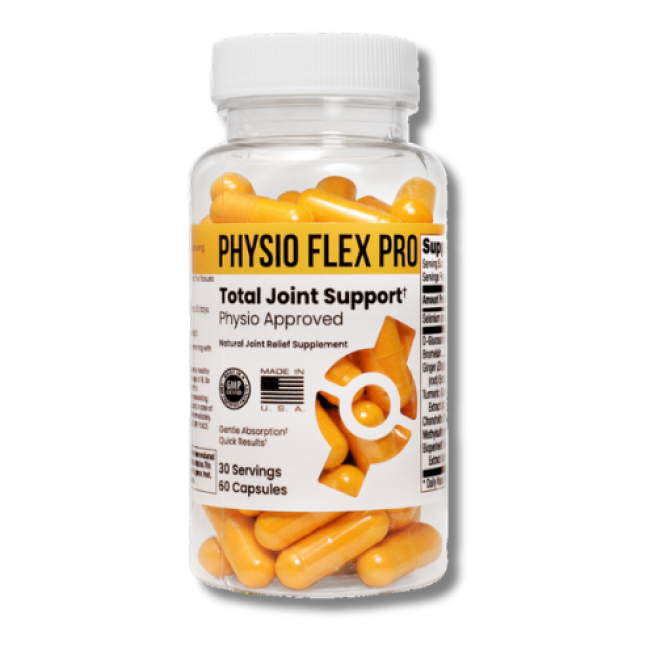
We make hundreds of movements in a day. These includes running, walking, jumping, opening doors, lifting, sitting, standing, and many more. Have you ever stopped to think about how your body makes these movements?
All these movements are possible because of the complex tandem that your joints are in along with your bones and muscles. As you age, these dynamics change and you start to feel a change in your movements and the functioning of your joints along with bones and connecting muscles.
This article will help you know your joints better and how you can keep them healthier for a long time through joint exercises.
Getting To Know Your Joints Better
Do you know that your body has 360 joints in total? They are the points where two or more bones meet. The major joint areas in the body include your hips, shoulders, elbows, ankles, wrists, fingers, neck, etc. Every joint is made up of soft tissues including:
- Tendons
- Cartilage
- Ligaments
Your joints are prone to injuries or diseases that may make them stiff or swollen and cause pain. Some of the most common causes of joint problems include:
- Arthritis
- Overuse
- Injury or trauma
- Viral infections
- Autoimmune conditions such as lupus and rheumatoid arthritis
Further, an Osteoarthritis Research Society International publication says that aging, being overweight, smoking, and poor posture also leads to joint problems.
Exercise And Joint Pain: The Connection

In some cases, joint pain resolves on its own. In other conditions, joint pain may become chronic. This is when you should get medical assistance to avoid letting the problem become complicated. While you may be prescribed antibiotics or painkillers to reduce joint pain, the importance of exercising cannot be underestimated.
Though exercising while experiencing joint pain may not seem like a good idea, science backs its benefits. A National Library of Medicine publication validates the benefits of exercising for improving your joint health.
Here are some evidence-backed benefits of exercises for joint pain:
Benefits of exercises for joint pain:
- Building Stronger Cartilage
The cartilage, which cushions your joints, wears away due to age or injuries. This leads to bone rubbing on bone, which causes pain and stiffness. This usually happened when the cartilage doesn’t get lubricated enough from the surrounding synovial membrane.
Exercising helps improve your circulation and provides this membrane with essential nutrients that in turn nourish the cartilage. It allows you to build strength in your joints.
- Strengthening Joint Muscles
Your joints need the surrounding muscles and ligaments to keep them healthy. You may lose muscle due to poor nutrition, aging, or injury.
Joint exercises, when done using weights and resistance bands or even your body weight, strengthen your muscles that in turn in providing stability to your joints. Some exercises that you can try are squats and lunges.
- Reducing Joint Pain
Exercising produces endorphins in the body. These are known as ‘natural painkillers’. Not just this, exercising also enhances your range of motion and flexibility in the joints. This leads to a reduction in joint pain and swelling.
- Enhancing Your Balance & Coordination
According to a BMC Geriatrics research article, people who suffer from osteoarthritis and more prone to balance and coordination issues. This leads to an increased risk of fall-related injuries.
Even simple exercises such as walking, yoga, tai chi, and running improve your balance by coordinating the actions of different muscles and sensory organs.
Maximizing The Benefits of Exercises For Joint Pain
Now that you know the benefits of exercising on the health of your joints, it is also essential to know how to strengthen joints and ligaments in the best possible way.
Here are some tips on how to gain the most out of your exercise routine:
- Never start exercising without consulting your orthopedic. They will decide the best exercises depending on the condition of your joints.
- Start slow and have realistic goals from your exercise plan.
- Take adequate rest in between.
- Try variations of exercises. This will keep you motivated and regular with your exercise regime.
Additionally, don’t miss to add joint supplements (see also 'Best OTC Joint Supplements') to your diet. As confirmed by the Osteoarthritis and Cartilage Journal, combining chondroprotective agents such as glucosamine and chondroitin supplements with exercising has a great impact on joint strength and flexibility including your balance.
However, you should only choose high-quality and safe supplements such as the FDA-approved Physio Flex Pro. It is made with carefully selected A-grade ingredients that help build joint strength. Physio Flex Pro uses pro joint capsule to help achieve good results.






